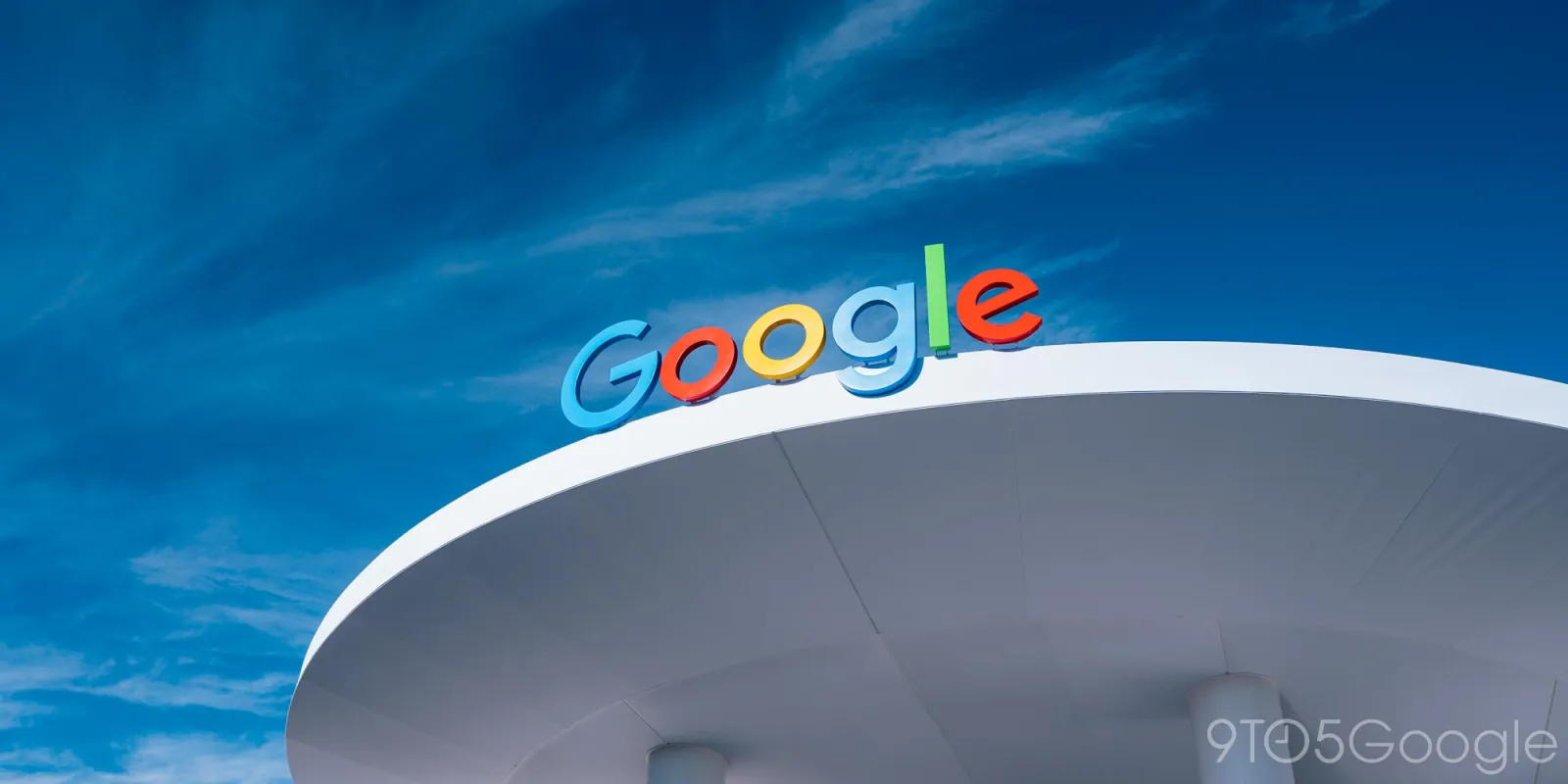Google has decided to bid farewell to the “cached” links on Google Search, putting an end to the practice of maintaining a backup of the entire internet. This feature, which allowed users to access a saved version of a website when it was inaccessible or had undergone changes, is being discontinued, as confirmed by Google’s “Search Liaison” Danny Sullivan. He pointed out that the feature was originally introduced to assist users in accessing pages during times of unreliable page loading. However, given the significant enhancements in web reliability, Google has opted to retire the feature.
The visibility of cached links has been inconsistent for users since December, and currently, there are no cache links visible in Google Search. Although the cached version of specific sites might still be functional, Google has removed all support pages associated with cached sites.
Previously, cached links were accessible through a drop-down menu next to each search result on Google’s page. As Google’s web crawler, known as the “Google Bot,” scoured the internet for new and updated pages, it stored copies of the content, essentially creating a backup of a substantial portion of the internet. With Google’s current emphasis on cost savings, discontinuing cached links could potentially free up significant resources.
Cached links were useful for accessing websites that were down or had undergone rapid changes. Additionally, they offered insights into how Google’s web crawler perceived the web. Over the years, these pages revealed details about the evolution of Google Bot’s understanding of media, rich data like JavaScript, and more. In 2020, Google shifted to a mobile-by-default approach, impacting how cached pages are displayed.
While the cached link feature may no longer be available, website owners can still utilize the Search Console to gain insights into how their sites appear to the Google Bot, providing a limited but valuable perspective.















































